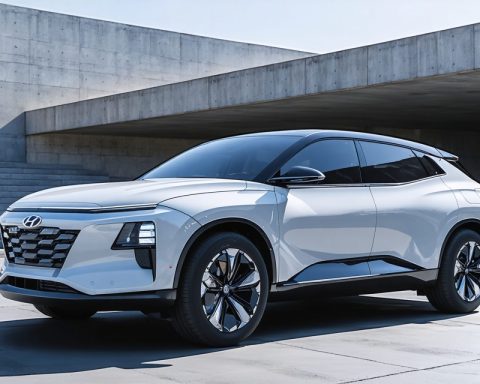The European Hydrogen Bank (EHB) is gearing up for its second green hydrogen auction, implementing more stringent conditions to improve outcomes from their initial auction. Following the inaugural auction in Spring 2024, which revealed some areas for improvement, EHB is adopting stricter timelines and reducing reliance on Chinese products.
Enhanced Milestones and Financial Responsibilities
For the second auction, scheduled to commence in December 2023, EHB has introduced an intermediate target. Projects must reach a final investment decision within 2½ years of contract signing, failing which contracts will be canceled. The timeframe to commencement remains five years, similar to the first auction. Moreover, the completion guarantee has doubled from 4% to 8% of the grant amount, significantly raising the stakes for developers.
Financial Adjustments
The ceiling price for hydrogen production has been adjusted, now set at €4 per kilogram, down from the previous auction’s €4.50. This move is intended to push developers towards cost-effective production strategies.
Focus on European Manufacturing
To ensure fair competition, the EHB has set a cap on Chinese electrolyzer components, limiting their use to a maximum of 25% per project. This initiative is applauded by European manufacturers, aiming to boost local industries.
Sector-Specific Support and New Requirements
A total budget of €1.2 billion is available, including €200 million specifically for maritime sector projects, supporting EU’s 2050 emissions reduction goals. New sustainability and cybersecurity criteria also underscore EHB’s commitment to a secure and green hydrogen future, aligning with EU net-zero targets.
The Impact of Green Hydrogen Initiatives on Communities and Economies
In recent years, the advent of green hydrogen technologies has sparked significant interest and investment across the globe. As the European Hydrogen Bank (EHB) prepares for its second green hydrogen auction, it’s important to examine how such initiatives impact the lives of individuals, communities, and countries. The shift towards sustainable energy solutions reflects a broader commitment to reducing carbon footprints, fostering economic growth, and enhancing energy security.
Economic Opportunities and Job Creation
The development of green hydrogen projects creates a wealth of economic opportunities. By encouraging local manufacturing and setting limits on foreign components, as EHB has done with its cap on Chinese electrolyzer parts, communities may experience a boost in their local industries. This, in turn, can lead to job creation and provide a significant economic uplift. Countries that embrace green hydrogen technology can position themselves as leaders in the renewable energy sector, attracting further investments and driving innovation.
Energy Security and Independence
Green hydrogen offers the promise of enhanced energy security. As nations pivot away from fossil fuels, they reduce their dependence on imported hydrocarbons, which are often subject to geopolitical tensions and market volatility. By producing hydrogen domestically, countries can ensure a more stable and reliable energy supply. This shift aligns with the broader goals of the European Union and other regions pursuing energy independence and sustainability, reducing their vulnerability to external shocks.
Environmental Benefits and Challenges
Green hydrogen production, primarily powered by renewable sources like wind and solar, contributes significantly to reducing greenhouse gas emissions. This aligns with global efforts, such as the EU’s 2050 emission reduction targets, to mitigate climate change impacts. However, the environmental benefits do not come without challenges. The production and storage of hydrogen must be managed carefully to ensure safety and efficiency, as hydrogen is highly combustible and requires sophisticated technology to handle.
Controversies and Criticisms
Despite the positive outlook, the green hydrogen sector is not free from controversy. Critics argue that the production processes can still have significant energy requirements, which, if sourced from non-renewable origins, might offset the environmental benefits. Additionally, the infrastructure for hydrogen distribution is still in the nascent stages, leading to concerns about scalability and cost-effectiveness.
Community Involvement and Public Perception
For green hydrogen projects to succeed, public perception and community involvement are crucial. It’s essential to educate stakeholders about the benefits and potential risks associated with hydrogen technology. Transparent communication can foster community support, ensuring projects are developed responsibly and sustainably.
As the world moves towards a cleaner energy future, initiatives like the EHB’s green hydrogen auctions will continue to play a central role. They serve not only as catalysts for technological advancement and economic growth but also as crucial components in the global effort to combat climate change.
For more information on hydrogen investment and technology, visit International Energy Agency and U.S. Department of Energy.














